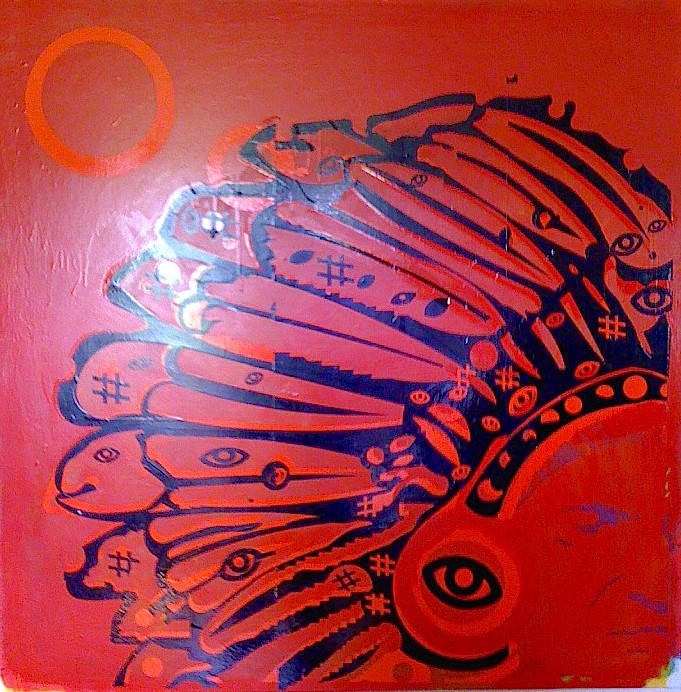I have change the way peterbright.info works – take a look

Still Life is a Still life in paint
Over the next few months a series of ‘still life paintings’ will be offered for sale. This follows on from my successful participation in a (private / invited) exhibition that was held earlier on this year in Rugby.
I have been inspired to paint, people have excited me and non-verbally encouraged me. I saw a painting by Renoir entitled ‘Onions’ at the Royal academy a few years ago…
Onions, 1881 is a painting of just six plain onions and some garlic and is a remarkable sensuous still life, their papery skins explode with colour and shape, making something from the ordinary magical and interesting. The lack of content and minimal subject matter belies the exuberant and controlled, skillfully executed gem. I wish I had painted it. Read more…
A Still Life is a work of art depicting mostly inanimate subject matter, typically commonplace objects which may be either natural (food, flowers, dead animals, plants, rocks, or shells) or man-made (drinking glasses, books, vases, jewellery, coins, pipes, and so on). With origins in the Middle Ages and Ancient Graeco-Roman art, still-life painting emerged as a distinct genre and professional specialisation in Western painting by the late 16th century, and has remained significant since then. Still life gives the artist more freedom in the arrangement of elements within a composition than do paintings of other types of subjects such as landscape or portraiture. Early still-life paintings, particularly before 1700, often contained religious and allegorical symbolism relating to the objects depicted. Some modern still life breaks the two-dimensional barrier and employs three-dimensional mixed media, and uses found objects, photography, computer graphics, as well as video and sound.
Still life. (2014, November 13). In Wikipedia, The Free Encyclopedia. Retrieved 11:05, November 13, 2014, from http://en.wikipedia.org/w/index.php?title=Still_life&oldid=633600205

